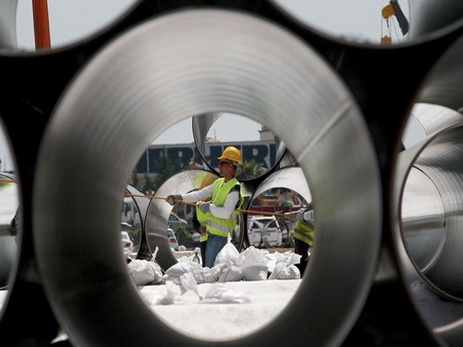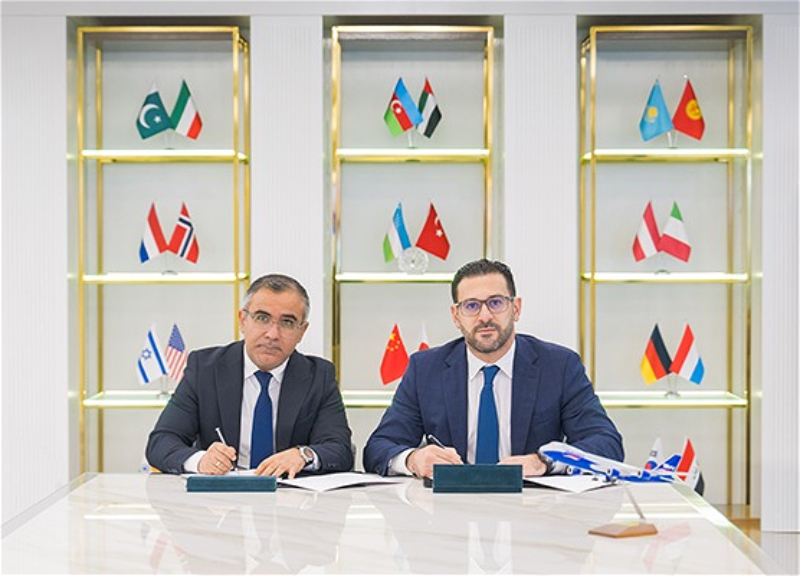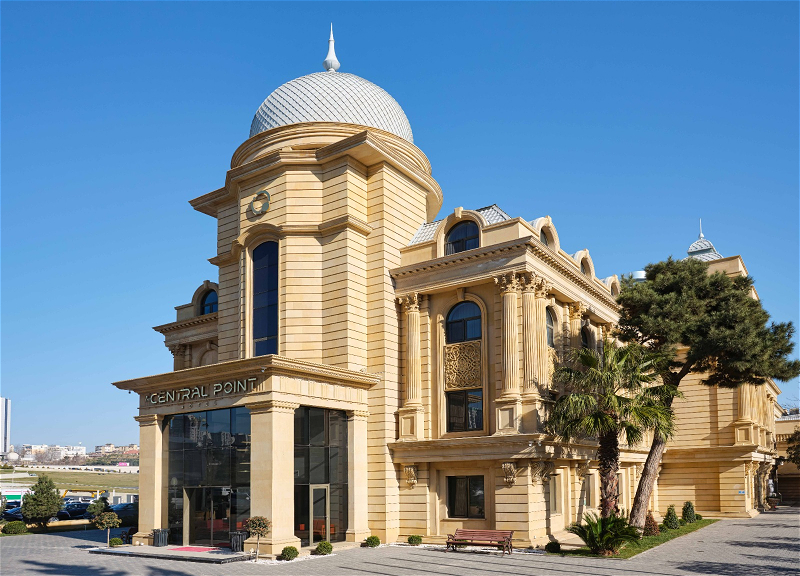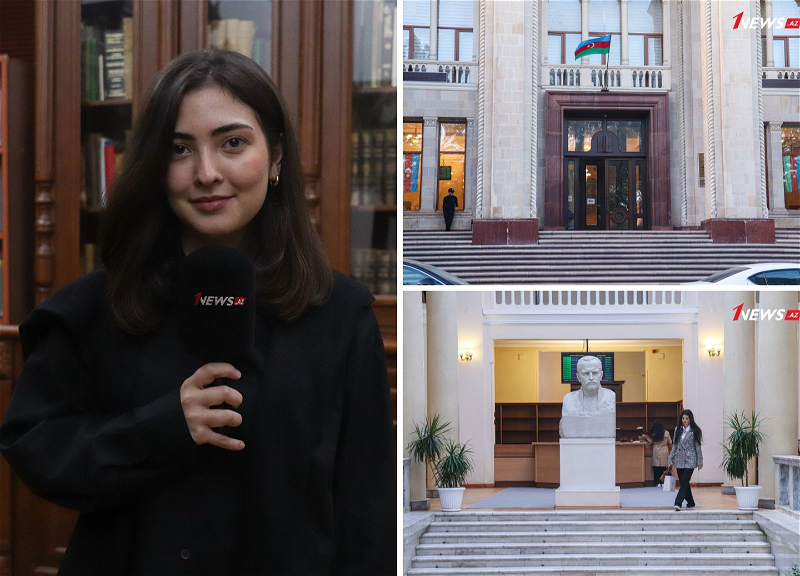Financial Times: Work begins on Trans Adriatic gas pipeline

Construction has officially begun on an important link in the so-called Southern Gas Corridor, a $45bn mega-project to supply natural gas from the Caspian Sea to Europe and reduce reliance on Russian imports.
Senior officials including Greek premier Alexis Tsipras and European Commission vice-president Maros Sefcovic gathered in Thessaloniki, northern Greece, on Tuesday for a groundbreaking ceremony for the 870km Trans Adriatic Pipeline.
The pipeline will carry gas from the Turkish-Greek border across Greece, Albania and the Adriatic Sea, coming ashore in southern Italy.
It will connect with the Trans Anatolian Pipeline, or Tanap, which will bring gas from Azerbaijan’s giant Shah Deniz II field in the Caspian. Other links to Tap, including the planned Interconnector Greece-Bulgaria, will distribute gas across south-east Europe.

The Southern Corridor is a central part of the EU’s efforts to diversify energy supply sources and bring gas from new regions. The start of work on Tap follows years of efforts to find a commercially viable project to bring gas across the Caucasus and Turkey, after an earlier plan, called Nabucco, foundered.
Brussels has been keen to promote a European project involving new gas to compete with Russian-backed proposals for alternative routes to supply Russian gas — including the controversial Nord Stream 2 under the Baltic Sea to Germany.
“If you look at the Southern Gas Corridor you are talking about true diversification,” Mr Sefcovic told the Financial Times ahead of Tuesday’s ceremony. “It’s a new source, new supplier, new route and really new molecules of gas.”
Mr Sefcovic added that Tap and connected pipelines could become a route for other new suppliers.
“It’s a project which is built in a super-strategic area, very rich in hydrocarbons, very close to Turkmenistan, Iran, northern Iraq,” he said. “I am sure that the guys who are developing Israeli, Egyptian or Cyprus gasfields are also looking at this pipe as a . . . potential [delivery] route.”
The first gas is expected to arrive in Turkey in 2019 and the EU in 2020.
The European Bank for Reconstruction and Development is considering a €1.5bn financing package for the Tap project. That would include €500m of its own money — the EBRD’s biggest-ever single loan — and arranging a further €1bn syndicated loan, according to Riccardo Puliti, the bank’s managing director of energy.
The European Investment Bank, owned by EU members, is appraising a €2bn loan to Tap.
Together with equity financing from the Tap partners, including BP, Azerbaijan’s Socar, Italy’s Snam, and export credit agencies, Mr Puliti said he expected the project to be fully funded.
Russia has not given up plans to bring its own gas into south-east Europe, despite cancelling its South Stream project via Bulgaria in late 2014.
Its replacement for South Stream, TurkStream via Turkey, faltered as Moscow’s relations with Ankara soured. But Russia and Greece last year agreed to build the South European Pipeline, intended to bring Gazprom gas to Europe from 2018.
Mr Tsipras’s attendance at the Tap ceremony underlined a broadening of policy by his leftwing Syriza government after last year’s pipeline deal with Russia, which is Greece’s main supplier.
“The Tap project will make Greece into a regional gas hub and also strengthen our ties with Albania,” said a Greek government spokesman.
Greece still also backs the so-called South European Pipeline as part of its “multi-faceted” foreign policy, say government officials. The pipeline would carry gas across northern Greece and the Ionian Sea south of the Tap route, also coming ashore in southern Italy.
In February Greece’s state gas utility Depa and Italy’s Edison group signed a memorandum of understanding with Gazprom to develop the project. It will be discussed during a visit to Greece by Vladimir Putin, the Russian president, later this month.
Russia has also been strongly promoting Nord Stream 2. But Mr Sefcovic warned that unlike the Southern Corridor, the proposed second Russian Baltic pipeline could reduce the number of supply routes to Europe, after repeated statements from Russia that it wanted to close the Soviet-era transit route across Ukraine.
“With Nord Stream 2, the major problem is the capacity, the route and also the politics involved in it,” he said. “We might end up, instead of three transit pipelines [from Russia] to Europe, with one.
“Because you can bypass Ukraine, you can close down that pipeline, you would be in a possibility to seriously limit the supply — even close down Yamal,” Mr Sefcovic added, referring to the 4,200km Yamal-Europe pipeline from western Siberia.
by Neil Buckley in London and Kerin Hope in Athens














